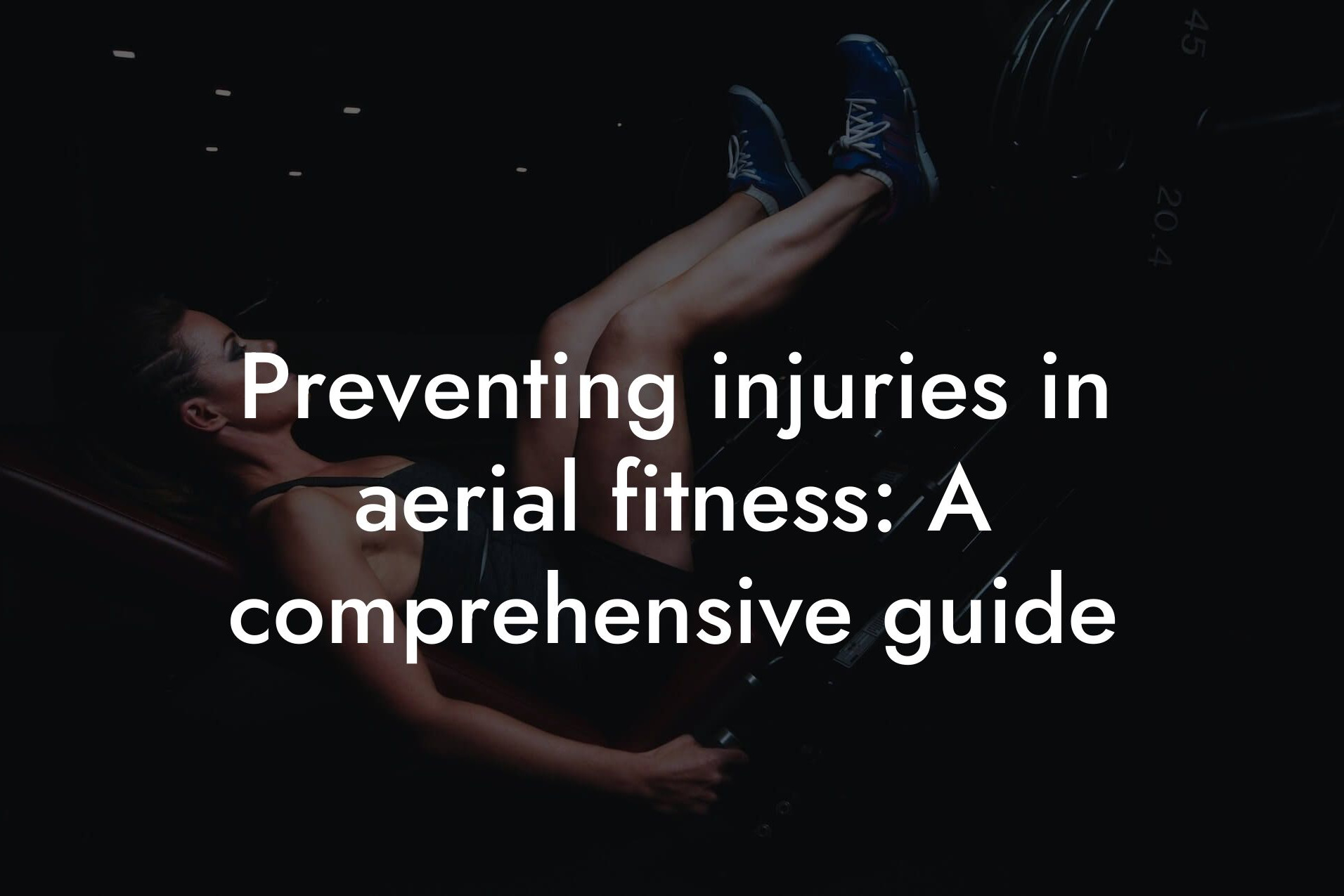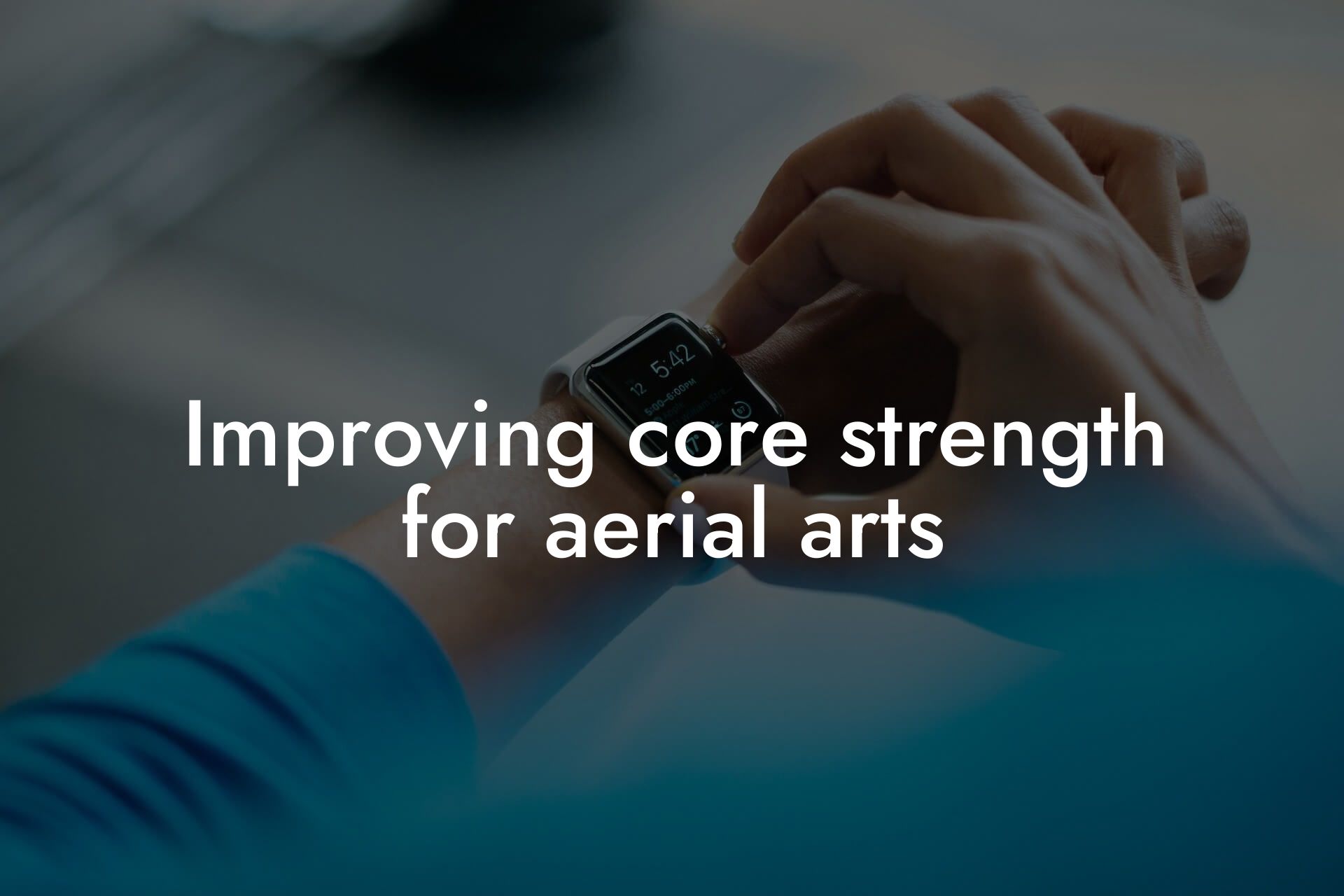As a high-earning professional, you understand the importance of maintaining a healthy and strong physique to excel in your career. Aerial performance, in particular, requires a unique combination of strength, flexibility, and endurance. One crucial aspect of aerial performance that is often overlooked is bone density. In this article, we will delve into the significance of bone density in aerial performance and why it's essential to prioritize it.
Table of Contents
What is Bone Density?
Bone density refers to the measure of the amount of minerals, such as calcium and phosphorus, present in your bones. It's an indicator of bone strength and density, which can affect your overall health and performance. Bone density is typically measured using a DEXA (Dual-Energy X-ray Absorptiometry) scan, which provides a comprehensive assessment of your bone health.
Why is Bone Density Important in Aerial Performance?
Aerial performance involves a range of physical demands, including strength, flexibility, and endurance. However, it also involves a significant amount of impact and stress on your bones, particularly in the spine, hips, and legs. Low bone density can increase the risk of fractures, osteoporosis, and other bone-related injuries, which can be devastating to your career. Maintaining optimal bone density is crucial to ensure that your bones can withstand the physical demands of aerial performance.
The Risks of Low Bone Density in Aerial Performance
Low bone density can have severe consequences for aerial performers. Some of the risks associated with low bone density include:
• Increased risk of fractures: Aerial performance involves a high risk of falls and injuries, which can be catastrophic if you have low bone density.
• Osteoporosis: Low bone density can lead to osteoporosis, a condition characterized by brittle and porous bones.
• Chronic pain: Low bone density can cause chronic pain and discomfort, which can affect your performance and overall quality of life.
• Decreased mobility: Low bone density can limit your mobility and range of motion, making it difficult to perform complex aerial moves.
Factors Affecting Bone Density in Aerial Performance
Several factors can affect bone density in aerial performance, including:
• Genetics: Your genetic makeup can play a role in your bone density.
• Age: Bone density naturally decreases with age, making it essential to take proactive steps to maintain optimal bone health.
• Nutrition: A diet lacking in essential nutrients, such as calcium and vitamin D, can negatively impact bone density.
• Hormonal changes: Hormonal fluctuations, particularly in women, can affect bone density.
• Lifestyle factors: Smoking, excessive alcohol consumption, and a sedentary lifestyle can all contribute to low bone density.
How to Improve Bone Density for Aerial Performance
Improving bone density requires a combination of nutrition, exercise, and lifestyle changes. Some strategies to improve bone density include:
• Calcium and vitamin D supplementation: Ensure you're getting adequate amounts of calcium and vitamin D through your diet or supplements.
• Resistance training: Engage in regular resistance training exercises to strengthen your bones and muscles.
• Weight-bearing exercises: Incorporate weight-bearing exercises, such as running or jumping, into your routine to stimulate bone growth.
• Proper nutrition: Focus on a balanced diet rich in nutrients essential for bone health, such as leafy greens, dairy products, and fatty fish.
• Reduce lifestyle risks: Avoid smoking, excessive alcohol consumption, and a sedentary lifestyle to promote optimal bone health.
DEXA Scans for Aerial Performers
As an aerial performer, it's essential to monitor your bone density regularly. A DEXA scan is a non-invasive, pain-free test that provides a comprehensive assessment of your bone health. At Tano Performance Group, we offer DEXA scans as part of our complete body assessment package, providing you with valuable insights into your bone density and overall health.
Maintaining optimal bone density is crucial for aerial performers. By understanding the importance of bone density, identifying risk factors, and taking proactive steps to improve bone health, you can ensure a long and successful career in aerial performance. Remember, bone density is not just about preventing injuries – it's about optimizing your performance and achieving your full potential. At Tano Performance Group, we're committed to helping you achieve your goals and take your career to the next level.
Frequently Asked Questions
What is bone density, and why is it important for aerial performance?
Bone density refers to the measure of how dense and strong your bones are. In aerial performance, bone density is crucial because it determines how well your bones can withstand the physical demands of aerial activities, such as weight-bearing, jumping, and landing. Strong bones with high density can absorb the impact of aerial movements, reducing the risk of injuries and fractures.
How does bone density affect my aerial performance?
Bone density plays a significant role in your aerial performance by influencing your overall strength, power, and agility. With high bone density, you can perform aerial movements with more confidence and precision, as your bones can support your body weight and generate the necessary force. Low bone density, on the other hand, may lead to fatigue, decreased performance, and increased risk of injuries.
What are the risk factors for low bone density in aerial performers?
Risk factors for low bone density in aerial performers include genetics, age, gender, nutrition, and lifestyle choices. For example, female aerial performers may be more prone to low bone density due to hormonal changes, while older performers may experience bone loss due to natural aging. A diet lacking essential nutrients, such as calcium and vitamin D, can also contribute to low bone density.
How can I improve my bone density for aerial performance?
Improving bone density requires a combination of proper nutrition, regular exercise, and lifestyle changes. Aerial performers can increase their calcium and vitamin D intake through diet or supplements, engage in weight-bearing exercises, such as jumping and landing, and incorporate resistance training to strengthen their muscles and bones. Additionally, getting enough sleep, managing stress, and avoiding smoking and excessive alcohol consumption can also support bone health.
What are the consequences of low bone density in aerial performance?
The consequences of low bone density in aerial performance can be severe, including increased risk of fractures, osteoporosis, and chronic pain. Low bone density can also lead to decreased performance, reduced confidence, and prolonged recovery times. In extreme cases, it can even force aerial performers to retire from their profession prematurely.
How can I assess my bone density?
Bone density can be assessed through various methods, including Dual-Energy X-ray Absorptiometry (DXA) scans, Quantitative Computed Tomography (QCT) scans, and ultrasound tests. Aerial performers can consult with their healthcare provider or a sports medicine specialist to determine the best method for their individual needs.
What is the ideal bone density for aerial performers?
The ideal bone density for aerial performers varies depending on factors such as age, gender, and body composition. Generally, a bone density T-score of -1 or higher is considered normal, while a T-score between -1 and -2.5 indicates low bone density. Aerial performers should aim to maintain a T-score above -1 to ensure optimal bone health and performance.
Can I improve my bone density at any age?
Yes, it's never too late to improve your bone density. While peak bone mass is typically achieved in early adulthood, bone density can still be improved through proper nutrition, exercise, and lifestyle changes at any age. Aerial performers of all ages can benefit from incorporating bone-healthy habits into their daily routine.
How does nutrition impact bone density in aerial performers?
Nutrition plays a critical role in maintaining healthy bones. Aerial performers should focus on consuming a balanced diet rich in calcium, vitamin D, protein, and other essential nutrients. Foods such as dairy products, leafy greens, and fortified cereals can help support bone health, while avoiding excessive caffeine, salt, and sugar can help minimize bone loss.
What role does exercise play in maintaining bone density?
Exercise is a crucial component of maintaining healthy bones. Weight-bearing exercises, such as jumping and landing, can help stimulate bone growth and density, while resistance training can strengthen muscles and bones. Aerial performers should incorporate a variety of exercises into their training routine to target different muscle groups and bone structures.
How can I incorporate bone-healthy exercises into my aerial training?
Aerial performers can incorporate bone-healthy exercises into their training by adding weight-bearing movements, such as jumping and landing, to their routine. They can also incorporate resistance training exercises, such as squats and lunges, to target specific muscle groups and bone structures. Additionally, incorporating exercises that challenge balance and proprioception, such as single-leg squats and balance boards, can also help improve bone density.
Can I still perform aerial activities with low bone density?
While it's possible to perform aerial activities with low bone density, it's essential to take necessary precautions to minimize the risk of injuries. Aerial performers with low bone density should consult with their healthcare provider or a sports medicine specialist to develop a personalized training plan that takes into account their individual needs and limitations.
How can I prevent bone loss during periods of inactivity?
Preventing bone loss during periods of inactivity requires a proactive approach. Aerial performers can maintain their bone density by continuing to engage in weight-bearing exercises, even if it's just a few times a week. They can also incorporate resistance training exercises, focus on proper nutrition, and get enough sleep to support bone health.
What are the benefits of high bone density for aerial performers?
High bone density offers numerous benefits for aerial performers, including improved performance, increased confidence, and reduced risk of injuries. Strong bones can also support longer careers, as aerial performers are less likely to experience chronic pain or forced retirement due to bone-related injuries.
How can I maintain my bone density during menopause or andropause?
Maintaining bone density during menopause or andropause requires a comprehensive approach. Aerial performers should focus on proper nutrition, regular exercise, and stress management to support bone health. They may also need to consider hormone replacement therapy or supplements, such as calcium and vitamin D, to mitigate the effects of hormonal changes on bone density.
Can I use supplements to improve my bone density?
Supplements can be a useful addition to a comprehensive bone health plan. Aerial performers can consider taking calcium, vitamin D, and other supplements to support bone growth and density. However, it's essential to consult with a healthcare provider or sports medicine specialist to determine the best supplements for individual needs and to avoid any potential interactions with medications.
How often should I get my bone density checked?
Aerial performers should get their bone density checked regularly, ideally every 1-2 years, to monitor any changes and make adjustments to their training and nutrition plan as needed. This is especially important for performers who are at high risk of bone loss or have a history of bone-related injuries.
What are the signs and symptoms of low bone density?
Signs and symptoms of low bone density may include chronic pain, fatigue, decreased performance, and increased risk of fractures. Aerial performers may also experience vertebral compression fractures, which can lead to height loss, kyphosis, and respiratory problems.
How can I incorporate bone-healthy habits into my daily routine?
Incorporating bone-healthy habits into daily routine requires a commitment to making small changes. Aerial performers can start by adding weight-bearing exercises to their training routine, taking calcium and vitamin D supplements, and focusing on proper nutrition. They can also prioritize sleep, stress management, and regular check-ups with their healthcare provider to support overall bone health.
What are the long-term benefits of prioritizing bone density in aerial performance?
Prioritizing bone density in aerial performance offers numerous long-term benefits, including improved performance, increased confidence, and reduced risk of injuries. Aerial performers can enjoy longer careers, improved overall health, and a better quality of life by making bone health a priority.
How can I educate myself on bone density and aerial performance?
Aerial performers can educate themselves on bone density and aerial performance by consulting with healthcare professionals, sports medicine specialists, and registered dietitians. They can also stay up-to-date on the latest research and trends by attending workshops, seminars, and online courses focused on bone health and aerial performance.
What resources are available to support aerial performers with bone density concerns?
Aerial performers with bone density concerns can access a range of resources, including healthcare professionals, sports medicine specialists, registered dietitians, and online support groups. They can also consult with coaches, trainers, and fellow performers to develop a personalized plan for improving bone density and optimizing aerial performance.
Here are some related articles you might love...
- Nutrition tips for sustained energy in aerial classes
- Preventing injuries in aerial fitness: A comprehensive guide
- Improving core strength for aerial arts
- Strength training tips specific to aerial fitness
- How body composition affects performance in aerial fitness
- Maintaining muscle recovery with aerial training
- Reducing body fat for improved strength-to-weight ratio in aerial arts
- Using DEXA scans to monitor progress in aerial fitness
- Balancing strength and flexibility in aerial fitness
Zak Faulkner
Zak Faulkner is a leading authority in the realm of physical health and body composition analysis, with over 15 years of experience helping professionals optimise their fitness and well-being. As one the experts behind Tano Performance Group, Zak has dedicated his career to providing in-depth, science-backed insights that empower clients to elevate their physical performance and overall health.
With extensive knowledge of DEXA technology, Zak specializes in delivering comprehensive body assessments that offer precise data on body fat, muscle mass, bone density, and overall physique. His expertise enables individuals to make informed decisions and achieve their fitness goals with accuracy and confidence. Zak’s approach is rooted in a deep understanding of human physiology, combined with a passion for helping clients unlock their full potential through personalised strategies.
Over the years, Zak has earned a reputation for his commitment to excellence, precision, and client-focused service. His guidance is trusted by top professionals who demand the best when it comes to their health. Whether advising on fitness programs, nutritional strategies, or long-term wellness plans, Zak Faulkner’s insights are a valuable resource for anyone serious about taking their health and fitness to the next level.
At Tano Performance Group, Zak continues to lead our Content Team revolutionising how professionals approach their physical health, offering unparalleled expertise that drives real results.




